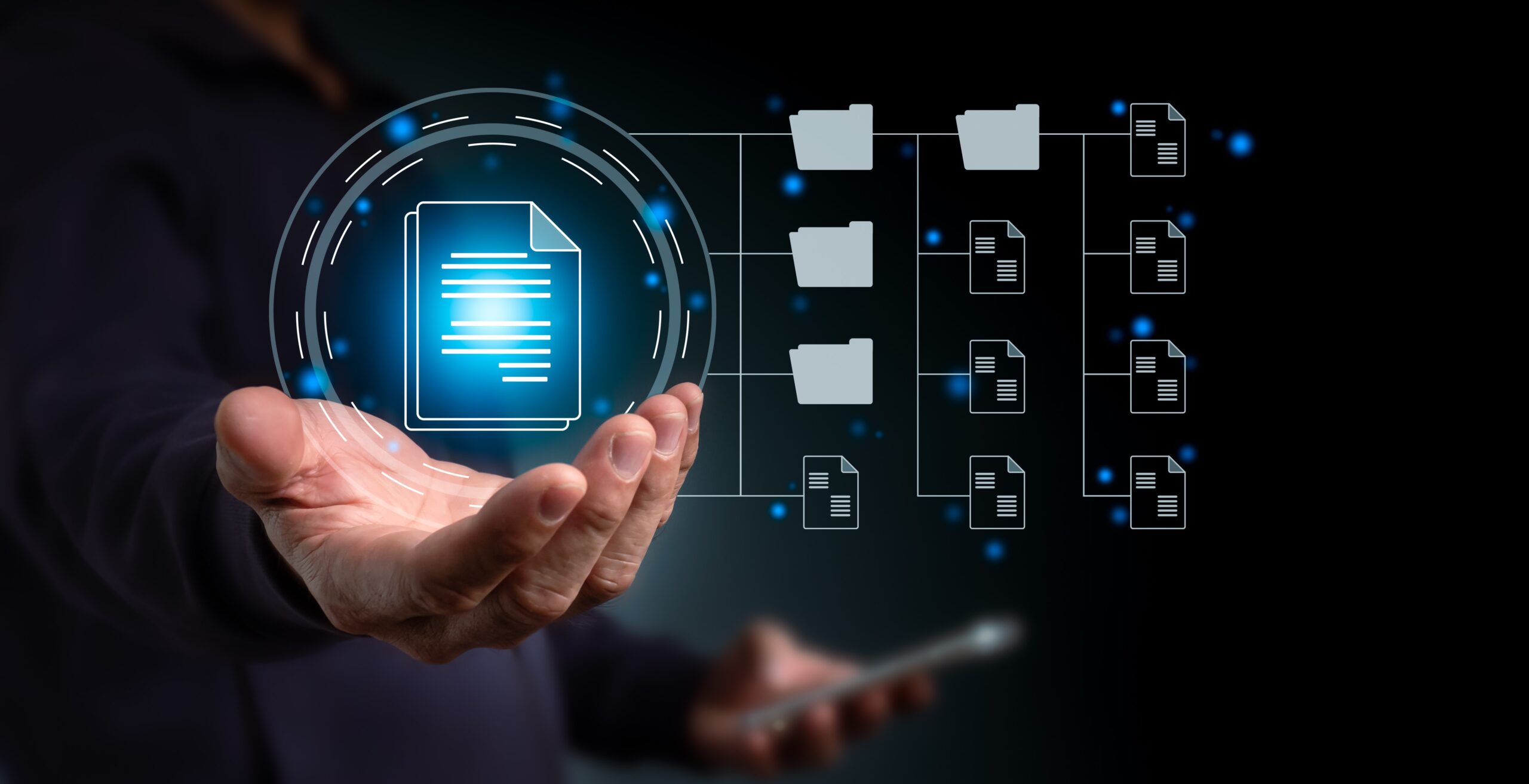New Law Journal: AI & the human story
Eimear McCann explores the acceleration of AI tools in the litigation field, taking a view that we have reached a tipping point in disputes, with the majority moving over to more innovative, and efficient ways of working.
Date : 20/09/23


Will artificial intelligence create a tipping point in litigation? Eimear McCann paints a picture.
As a species, we are accustomed to living in a state of uncertainty, often looking backwards for clues to navigate our future. With the rise of artificial intelligence (AI), and the surrounding hype, understanding how—and where—AI will make an impact can be difficult to ascertain.
Upon seeing the famous Ice Age cave paintings in Lascaux, France, in 1940, Picasso reportedly lamented: ‘Since Lascaux, we have invented nothing.’ The discovery of these ancient paintings completely shifted the narrative on the trajectory and history of art. In simplistic terms, the artistic skills we previously understood to be honed over years of learning, such as perspective, movement, and shading, were evident in the rawest form of creativity some 17,000 years ago. In other words, these talents were an innate part of the human toolkit well before the Renaissance or Impressionism took shape. These paintings ultimately tell a story, and they timestamp some of the earliest insights into human consciousness.
Changing the human story
Some analogies can be drawn here with the exponential growth of AI tools. We are forced to rethink skills and knowledge accrued over centuries, to decipher which tiny segments of our personal and professional lives will fall backwards into history, and which ones will endure. Today though, we have yet to understand how advances in AI will change the human story, or whether the record set by ChatGPT (estimated to have reached 100 million monthly active users, just two months after launch) will timestamp anything at all.
If we start with the basics, the premise of all generative AI relies on copious amounts of data to create patterns, which will assist in making predictions. We understand that the more targeted the data, the better the tools will perform. We also concede that this sharing of information on a massive scale leaves us all open to various vulnerabilities. And yet, whether we feel at ease or alienated, we don’t seem reticent to continue this trajectory, perhaps because we are all now conditioned to share our data in the name of speed and efficiency.
This privacy paradox highlights the disparity between our expressed concern vs our behaviour online, but how will this look in the law? Psychology will play directly into engagement and usage within the legal profession, which is why it is crucial to understand what our relationship with these new tools looks like. Most of us now have a relationship with our smartphones which goes way beyond simple identification with the tech, hence our loose connection to privacy concerns. Is it possible for us to reach the same point with legal tech? More specifically, with AI tools? Moreover, will our levels of trust be heightened, given that all tech vendors are subject to such rigorous procurement processes by law firm departments?
As corporates become increasingly data-driven, so do the law firms which service them. The use of AI will therefore inexorably accelerate. In truth, the permeation of AI within the business and legal worlds is already tangible, and we have a quiet acceptance that AI is here to stay, in all its guises. As with all developing sectors, however, with growth comes risk, and in the context of AI, we are all too aware of privacy, ethics and IP concerns. Users are naturally querying ownership of AI algorithms, with concerns around specific and non-specific AI, and around any data leaving a contained platform or site.
Cautious optimism
Overall though, there is a sense of cautious optimism about the use of AI in law. With mounting pressure to meet environmental, social, and corporate targets, reduce costs and ameliorate access to justice, an awakening to the concept of a ‘digital advantage’ within the profession is starting to take hold. We could very well have reached a tipping point, whereby a minority engagement across the full spectrum of law is starting to be adopted by the majority.
Zoning in on the litigation sector, which has evaded the saturation we’ve seen in other pockets of law, the consensus is that AI may play a crucial role in redefining the nature of litigation. If properly leveraged, AI/ChatGPT will not just impact on hearing prep, but also has the potential to shape the overall outcome of a case.
Platforms like TrialView are already putting AI into practice for legal teams, offering a centralised workspace for upload, management, and data interrogation. The push for using these kinds of workspaces at a much earlier stage in a dispute is growing, particularly as we see a closer nexus between e-discovery and e-bundling, with a recognition that technology is both the problem and the only solution. Manual ways of working are simply unsustainable across ever expanding data sets.
With AI underpinning document upload and management, the entire data range for a hearing can be interrogated and segmented, with speedy auto-generation of indices and automatic de-duplication of documents. With smart bundling tools, automatic pagination, hyperlinking and in-built court compliance checks, bundle prep is more efficient, faster and more reliable.
We have already seen how AI intelligent search can extract answers in seconds directing users to the exact excerpt, paragraph, and document, with entity search facilitating connections between key dates, actors, and events. Drawing on GPT technology, users can retrieve answers delivered in narrative form with both context and background, with the ability to verify those answers against source material.
This all sounds like a world away from trawling through paper files to find a specific document or statement. We can now retrieve answers at speed, with incredible accuracy, and these tools will only become faster and more refined. Cost saving will be an inevitable side effect of this shift in working habits.
Tangible advantage
In practice, these tools are designed to assist users in really getting to know the evidence, leading to the development of a much more structured analysis of the evidential foundation. This could be incredibly potent, offering a tangible advantage to legal teams who elect to use these platforms, with equal applicability at hearing stage, to counter, corroborate and persuade.
Generative AI flows over into the realms of witness statement preparation, timeline creation and the generation of case summaries and statements of fact. This is automated with platforms like TrialView, with the ability to record an interview, generate an automatic transcript and convert to a hyperlinked witness statement. The ability to detect inconsistences in a witness’s evidence; to dissect another party’s assertion; or to expose false statements by reference to previous contradictory facts now lies within the remit of any user who engages these AI tools.
Aside from a clear competitive advantage in commercial litigation, there are wider public interest considerations which come into play. OpenAI can also be leveraged as a tool to level the playing field within a framework of inaccessible justice systems. Using GPT technology, these tools emulate an AI consul that can mine thousands of pages of legal evidence in minutes, swiftly finding inconsistencies, and completely transforming the time and money needed to prepare for trial.
These clear advances in technology will raise as many questions as answers, but we have reached that definitive inflection point, whereby we now have AI tools which are practical and usable in a disputes setting. While we are not yet looking at the use of AI tools for decision-making, we already have a clear vision of how technology can, and likely will, reshape litigation, from prep through to advocacy.
Lawyers are reputed to be cautious, and yet we have already seen huge steps forward, with the engagement of tools like Harvey (deployed firm-wide at Allen & Overy) making headlines within, and beyond, the profession. We cannot yet decide whether AI presents more opportunity than risk, and we are right to be vigilant. However, with the pressure felt by firms to future-proof their businesses in a highly competitive market, the need to demonstrate both data and tech competence is only going to grow.
In fact, the prediction is that any regression in the use of tech, post-pandemic, will dissipate, largely due to our global interest in AI, and a sense that we are all on a wave of change that is very far from the shores of pen, paper and pink-ribboned bundles.
Returning to the cave paintings of Lascaux, it could be argued that we no longer even need to tell our own stories, given that ChatGPT can draft them for us, and we may feel a familiar nostalgic pull for when ‘life was simpler’. Conversely, we could remember that a series of choices led us on our human journey from Lascaux to the present, and AI opens up a completely new landscape of choice, which, if embraced, could offer up the best of both worlds. Unlike Picasso, we have no need to bemoan a lack of invention or innovation—with AI, we are only really getting started.
Originally published by the New Law Journal.
Related Blogs


BBPC – The use of AI in commercial dispute resolution
TrialView were delighted to sponsor the BBPC Forum. The Master of the Rolls, Sir Geoffrey Vos, and an expert panel discussed how AI is being used in dispute resolution today and how this may look in the future.
- Written By : Eimear Mccann
- Date : 02/08/24


Timeline Creation: TrialView Perspective
With our AI functionality, we balance innovation with practical tools to help make your case preparation easier. One of our newest evolutions is Timeline Creation functionality.
- Written By : Eimear Mccann
- Date : 19/07/24
Take The Next Step.
If you’re wondering about how we can help you focus more on outcomes, and worry less about hearing prep, book a tailored demo or give us a call.


Get In Contact
Want to find out more? Get in touch to find out why TrialView is the platform of choice for dispute resolution.

